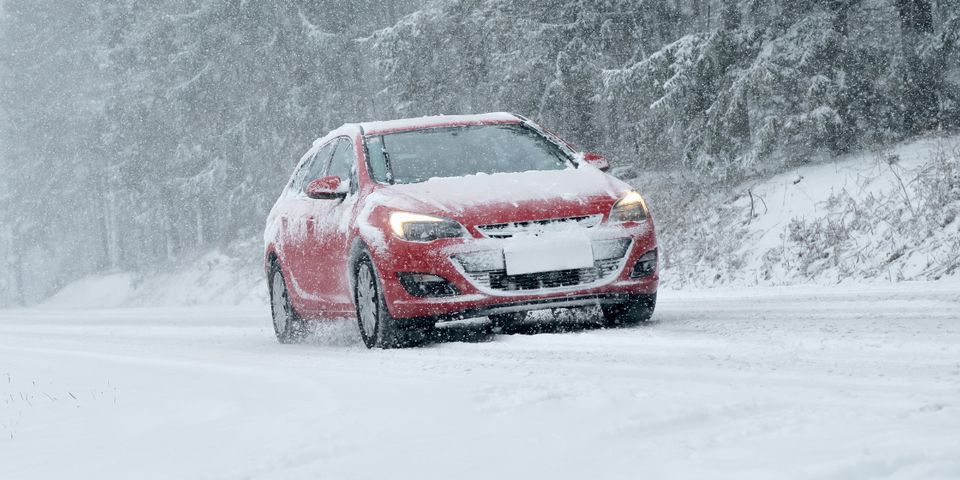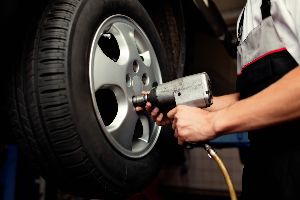Why You Should Change Your Tires in the Spring

As the seasons change, so should your automotive tires. While winter models provide safety from inclement weather and harsh terrain, they aren't designed for year-round use. Learn more about changing your tires, as well as when to do it, in the guide below.
When Should I Change My Automotive Tires?
Winter models are made using flexible rubber compounds that provide grip and traction in snow, slush, and icy conditions. Although these compounds are durable, they're designed to perform in temperatures below 45-degrees.

Driving on a winter set in the spring may result in uneven wear, which can reduce the vehicle's response time and your ability to maneuver in dangerous situations. While it's legal to drive with studded tires until May, removing them when temperatures are consistently above 45-degrees will help prevent premature wear and prolong the life of the tires.
Should I Get a Changeover or Swap?
Many drivers mistakenly use the terms changeover and swap interchangeably. A changeover replaces one set of tires for another but uses the same set of rims. A swap involves removing all four tires and wheels and replacing them with a new set that's already mounted.
While a swap costs more upfront since it requires a second set of wheels, it'll save you money in the long run. However, seasonal swaps are typically cheaper than changeovers because they're quicker to complete. Investing in a second set of rims may be a more cost-effective choice if you live in an area with heavy seasonal snowfall.
If it's time to change your winter automotive tires, visit Alaskan Auto Center in Anchorage. This NAPA-®certified center has provided drivers with reliable tire rotations, swaps, and changeovers for over 17 years. Get more information about their services online, or call (907) 522-7035 to schedule an appointment.
About the Business
Have a question? Ask the experts!
Send your question

